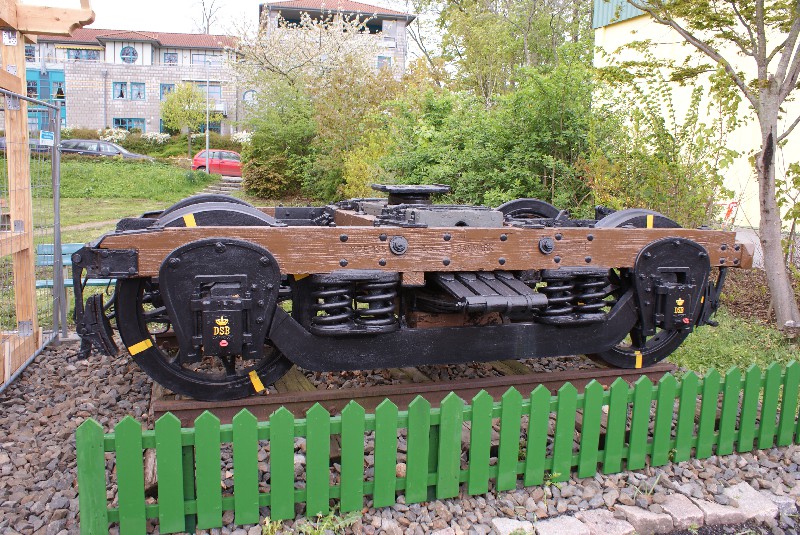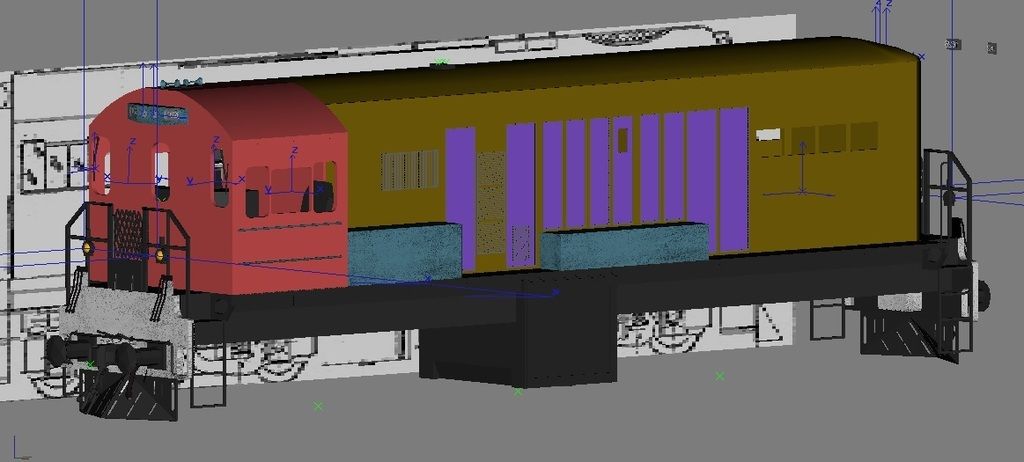jacksonbarno
Alco Spoken Here
Strong as an ox but light on her feet! Looks awesome Ben, I'm surprised at how good you got that mars light to look, when you first had it on there it looked way different. :Y:
Follow along with the video below to see how to install our site as a web app on your home screen.
Note: This feature may not be available in some browsers.
…2,5 m wooden bogies…

wooden bogeys?! What would they look like?
Cheers
Sachsenbahner
Strong as an ox but light on her feet! Looks awesome Ben, I'm surprised at how good you got that mars light to look, when you first had it on there it looked way different. :Y:
Well, not ALL wood, but a surprisingly large amount of the bogie is manufactured from good old solid oak. This very weekend a substantial part of the still operational CL and CLEs were out for a spin, complete with wooden bogies and a max speed of 90 km/h. Why DSB used the wooden bogies was the result of short funds and a large stockpile of surplus bogies. The CL and CLE used these bogies from the start until their final years in the late 1970ies, mainly on branchlines at the end, but initially they were intended for the very busy Copenhagen commuter lines. It was only the converted CLS cab control cars which got new bogies and then again "new" has to be taken with a grain of salt as the new bogies were old Prussian type riveted plate steel bogies.


Looks like an 1890s bogey...though knowing modern designs and the solidity of oak, I'm not surprised they lasted until the '70s...



Its happening




I'm not much for BR blue, but that model is looking very good.
